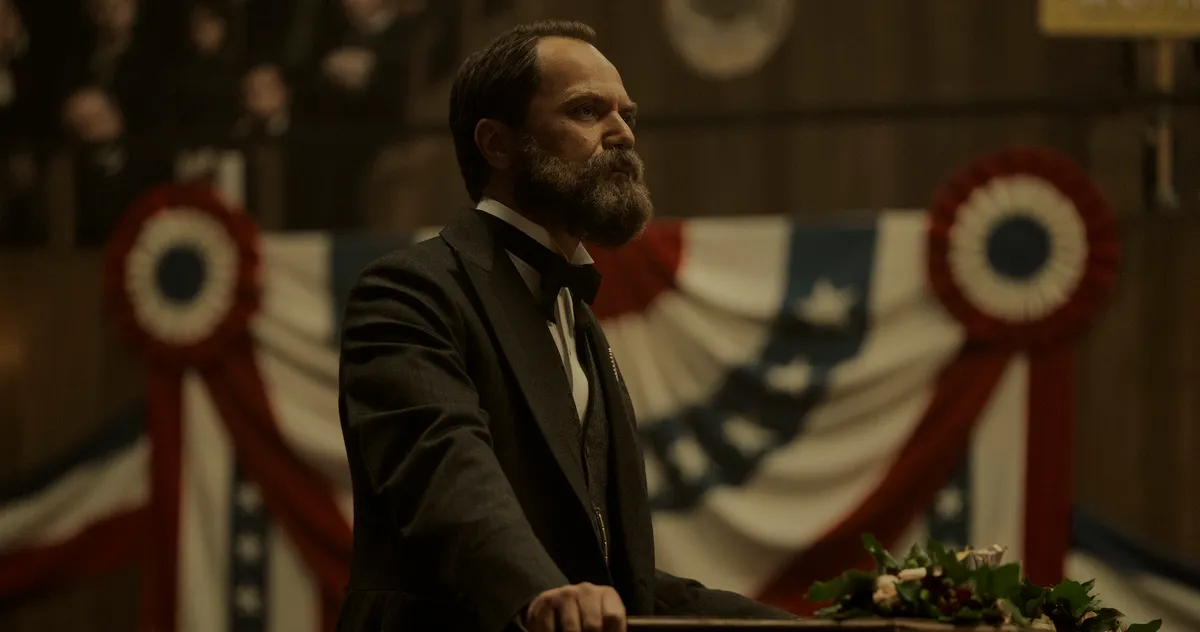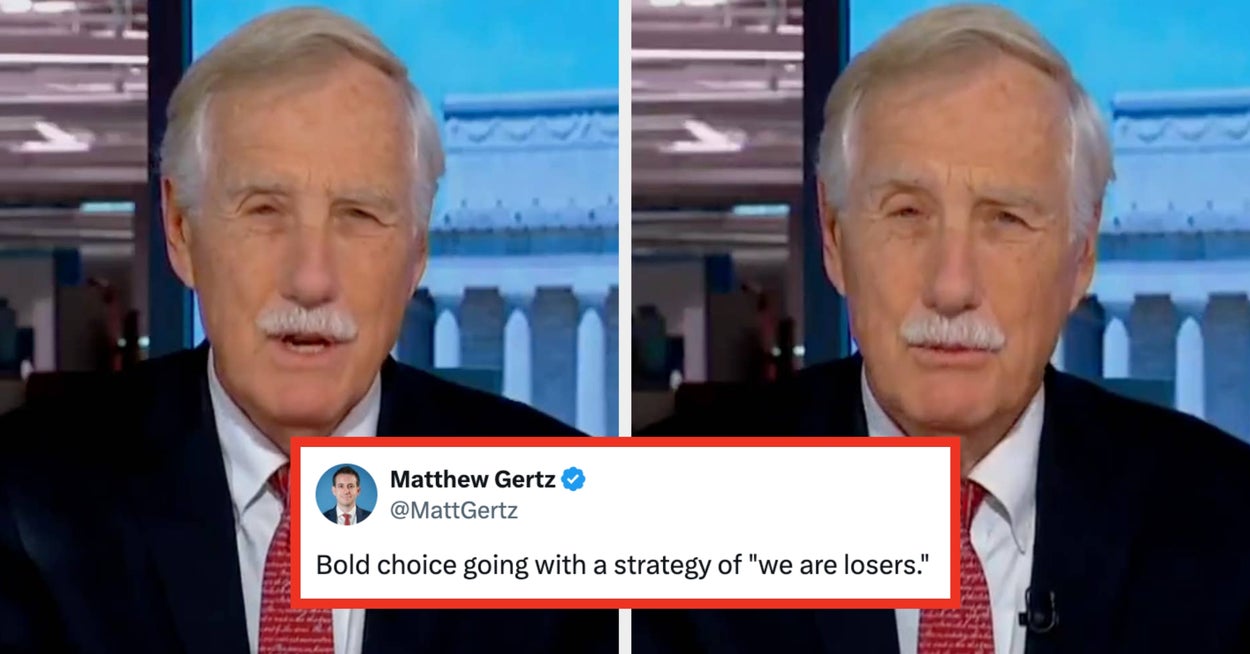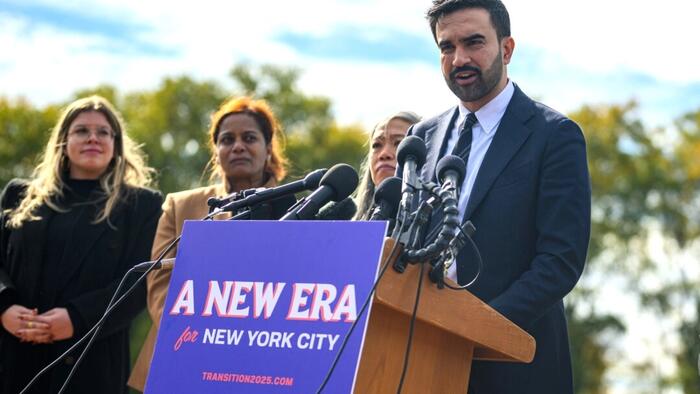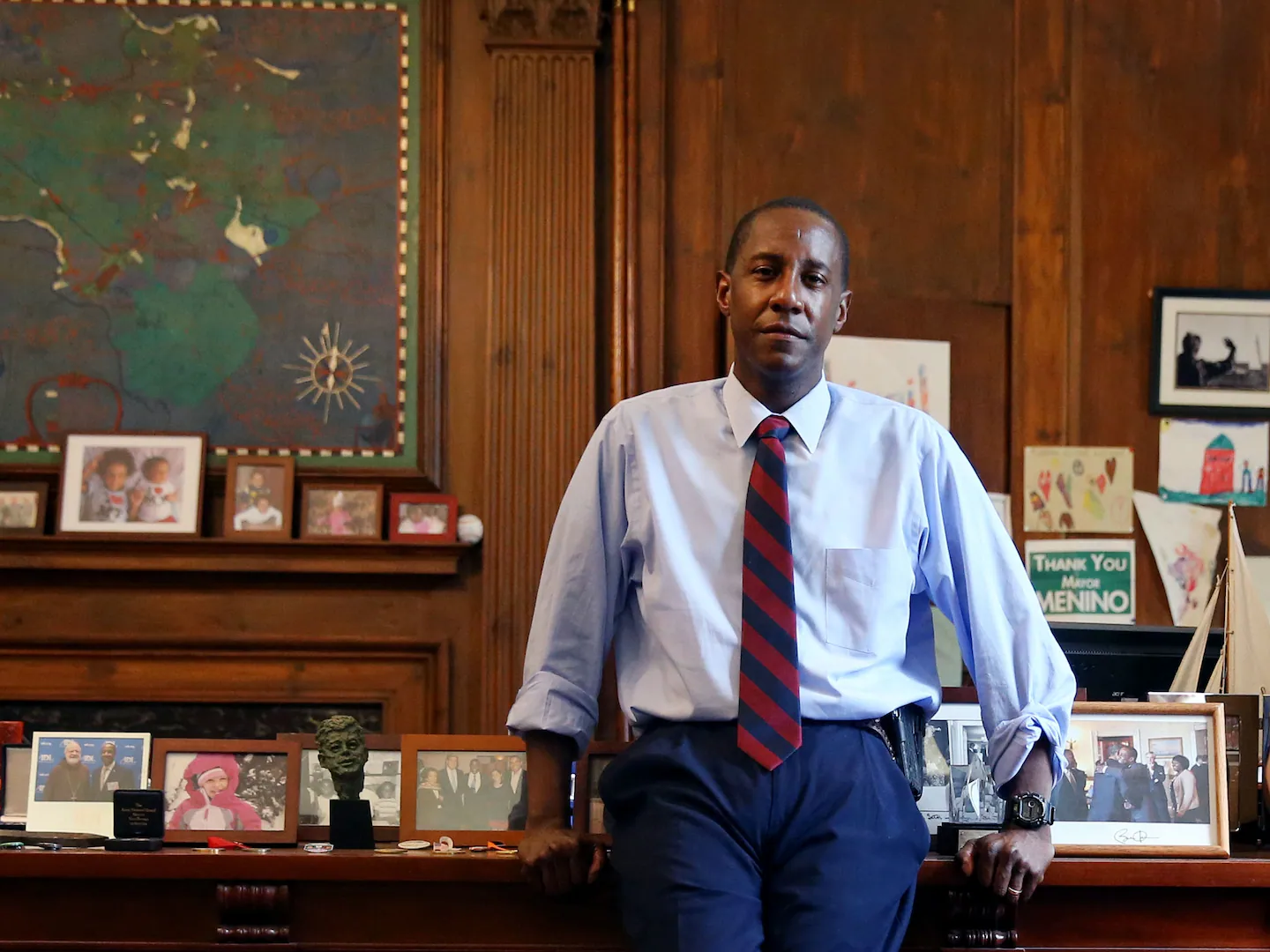Copyright New York Magazine

. The basic story is spot on Garfield’s startling election, shocking assassination, and tragically lingering death represented one of those hinges of history that had an enduring effect on what came after. Death by Lightning competently explains all three parts of the story. Garfield’s unlikely rise to the presidency in 1880 was the product of a deadlocked Republican convention and a deadlocked country still in the shadow of the Civil War but being rapidly transformed by the Industrial Revolution. The series does a good job of presenting the personalities and interests struggling for control of the GOP (which had held the presidency for five straight terms going into 1880) and the passions that suffused competitive elections in that era. Garfield’s assassin, Charles Guiteau, was (in the parlance of the time) a madman, but one whose delusions and lust for office were perfectly in character with the times. And while Death by Lightning’s four hours don’t allow for that much focus on Garfield’s medical treatment after Guiteau shot him, it vividly demonstrates that his death, 79 days after the shooting, was probably avoidable. The series could have veered into unsupported conspiracy theories on each of these stories, or told one story at the expense of the others, but it didn’t didn’t, for which I am grateful. . The series’ 19th-century atmospherics were excellent Perhaps the most impressive thing about Death by Lightning is how effectively and authentically the show transports viewers into a very unfamiliar time. The muddy streets, primitive hygiene, unamplified oratory, and loose security arrangements of the late 19th century are put on regular display. This last feature may be the most surprising to the contemporary viewer: A con man and volatile fanatic like Charles Guiteau managed to skip out on obligations and dinner tabs for years by drifting from city to city, and also managed easy proximity to the people running the country, even after Abraham Lincoln’s assassination. The scene where Matthew Macfadyen’s Guiteau arouses Bradley Whitford’s James G. Blaine, Garfield’s secretary of the State, at his home in the middle of the night to demand a major diplomatic position is unimaginable today. And in nearly every scene there’s a sort of claustrophobic intimacy between the high and mighty and the low and crude that befits the rough democracy of an earlier America. It’s all quite well done. But … . The real Garfield was more experienced and far better known than the show depicts him Death by Lightning overdoes the depiction of James Garfield as a sort of Cincinnatus called from the fields to save his country. Perhaps it was to reinforce our sympathy with the slain president, or maybe it’s a product of the show’s sometimes labored parallelism between Garfield and Guiteau — which was also a theme of Candice Millard’s source material — but the series definitely downplays Garfield’s significance before he was nominated president. When the series’ Garfield, played by Michael Shannon, leaves his Ohio farm to attend the 1880 Republican National Convention, he comes across as a bucolic figure who was on the margin of politics after obscure but brave service in the Civil War. When Treasury secretary John Sherman asks Garfield to place his name into nomination in Chicago, you wouldn’t know Garfield was a veteran of 17 years in Congress whose reputation as an orator rivaled that of Roscoe Conkling (more on him in a minute). You also wouldn’t know that Garfield, despite his humble upbringing, had been a college president and an ordained minister before rising to the rank of major general in the war. In fact, he was the only president ever to have served as clergy. Garfield was a pretty big deal in Republican politics in 1880, even if no one thought of him as a presidential contender. According to Kenneth Ackerman’s book, the future president Benjamin Harrison had tracked down Garfield in Chicago to ask if he’d be willing to accept the nomination if a deadlock between Ulysses Grant and James Blaine developed, which is exactly what happened. It wasn’t as wild an idea as the miniseries suggests, though Shannon as Garfield convincingly conveys a humility that makes his elevation seem semi-miraculous. . Roscoe Conkling was no bantam rooster The New York senator and the leader of the GOP’s so-called Stalwart wing is the one true villain of Death by Lightning (in part because Guiteau is displayed in a much more sympathetic light). Actor Shea Whigham expertly displays Conkling’s arrogance and volatile temper and even his signature hairstyle, a mid-forehead spit curl. But almost every contemporary description of Conkling begins with his great height, athletic build, and intimidating physical presence. It’s not Whigham’s fault that he’s six inches shorter than the politician he plays and not visibly buff. But the man frequently described as “aristocratic” or “lordly” comes across in Death by Lightning as more of a crude ward heeler whose stature — literally and figuratively — doesn’t justify his pretensions. . The show shortchanges Conklin’s epic convention speech The generally solid depiction of the 1880 Republican convention also slights Conkling by vastly abridging his nominating speech for Ulysses Grant, one of the most famous speeches in national political-convention history. In this, Death by Lightning reflects a similar abridgment in Millard’s book, which suggests Garfield’s speech was more impressive. That wasn’t the general impression at the time. And while the thrust-and-parry exchanges Conklin was shown to have with archenemy Blaine throughout the show are great fun, they reportedly never spoke to each other after Blaine savaged Conkling on the floor of the U.S. House in 1866. . The real Conklin wasn’t so single-minded Death by Lightning’s Conkling also comes across as almost exclusively concerned with maintaining his corrupt patronage powers. While he was indeed a bitter enemy of civil-service reform (particularly as pursued by the rarely mentioned incumbent president in 1880, Rutherford Hayes), he did have some principles. He was as stout a supporter of slavery abolition and equal rights for ex-slaves as Garfield, and was in fact one of the co-authors of the 14th Amendment. His stature as a lawyer and legal thinker was such that Grant offered to make him chief justice of the U.S. Supreme Court. . Grant had a third-term problem Though the show doesn’t dwell much on the front-running Republican candidate in 1880, Conkling’s man Ulysses S. Grant, it may leave the impression that opposition to the former president was mostly about his lack of enthusiasm for civil service reform. Actually, the biggest beef about Grant was that he had already served the two terms (from 1869 to 1877) traditionally allotted to chief executives following Washington’s precedent. His attempted 1880 comeback inspired charges of “Caeserism.” No subsequent president until FDR openly sought a third term, nor did anyone afterwards, given the 22nd amendment imposing a two-term limit, though the 47th president sure likes to talk about it. . Conklin’s actual downfall wasn’t that dramatic Death by Lightning depicts Conkling’s political fall as a simple coup in the New York legislature when his ploy of resigning his Senate seat and then returning in triumph to confront Garfield failed with the election of someone else to his seat. (The show also adds a fanciful depiction of his wife, Julia, and his infamous lover, Kate Chase Sprague, looking at each other knowingly in the gallery as Conkling’s sudden demise unfolded.) His rejection in Albany actually occurred after an exhausting three-week struggle that was as much about the maneuvering of New York Democrats as Conkling’s loss of power over Republicans. It was more anticlimax than drama, but that’s not good TV. . There was a lot more to Chester A. Arthur than ‘Sausages!’ and tears Nick Offerman’s fabulous (in both senses of the word) portrayal of Conkling’s sidekick and Garfield’s vice-president and successor, Chester Alan Arthur, is wildly entertaining. But IRL, Arthur wasn’t quite the walking tub of raw appetites and insecurity he appears to be in the series. Before the Civil War, he was a schoolteacher and school principal, and early in the war he was a highly efficient quartermaster of the New York militia. Before immersing himself in politics, Arthur was a quite successful attorney. Death by Lightning shows Blaine proposing Arthur as Garfield’s running mate as a sort of cruel joke aimed at Conkling, but in their books, Ackerman and Greenberger report the suggestion actually came from the Ohio delegation and was quickly embraced by New Yorkers (but not by Conkling, as the show accurately depicts, though he came around soon enough). But Arthur was not at that point possessed with the sense of unworthiness shown in the show’s fictitious interactions between him and Guiteau. That unease would come later. . Arthur didn’t have some grand epiphany after Garfield was shot (and Lucretia Garfield didn’t slap him) What’s really off is Death by Lightning’s depiction of Arthur quickly turning on Conkling after learning that the president has been shot, then racing back to Washington to be shamed by Blaine and First Lady Lucretia Garfield into reforming himself and his politics fully. (Betty Gilpin’s Lucretia literally slaps some sense in the despondent vice-president.) But there’s really not much evidence for the idea that “Crete” practically ran the country during her husband’s fatal illness, which the series seems to suggest. There was indeed a power vacuum thanks to Garfield’s ambivalent condition and Arthur’s reluctance to take charge given widespread suspicions that the assassination had been a Stalwart plot. But Garfield’s Cabinet, in constant consultation with both the ailing president and the vice-president, held the reins of power. As Ackerman’s painstaking account of Arthur’s conduct shows, he kept consulting with Conkling throughout the early days of the assassination crisis and moved away from his old political life slowly and not very dramatically. One suspects that Death by Lightning creator Mike Makowsky’s time limitations for the series led him to telescope Arthur’s acceptance of his grave new responsibilities as president and invent a few moments representing months of real-life evolution. . Guiteau was horrible, deranged, and a preview of things to come You kind of get the sense from Death by Lightning that assassin Charles Guiteau was a borderline personality who was as much a victim as a perpetrator of his delusions. But some of that is just a matter of the inherent likability of the actor who portrays him. Guiteau was a career con man but also a religious fanatic whose conviction that God directed him to assassinate the president bears an unsavory similarity to more recent self-appointed prophets who have combined self-enrichment with political manipulation. He clearly believed until his execution that the noble ends he embraced justified every possible means. . The series has other valid 21st-century lessons, too Death by Lightning comes across as a moving tale of pure goodness martyred by corruption aligned with the madness and maladies that possessed Charles Guiteau and led him to commit a monstrous act. As history, it’s all a bit overwrought and simplistic. Having said that, the idea that civil-service reform was a holy cause is newly credible now that Garfield’s successor in the White House is working to dismantle it all and turn federal employment into a spoils system that would have embarrassed even Roscoe Conkling’s most avaricious dreams. So as an experiment in civic education, Death by Lightning is valuable and effective, as well as entertaining, so long as you understand it’s not gospel truth.



